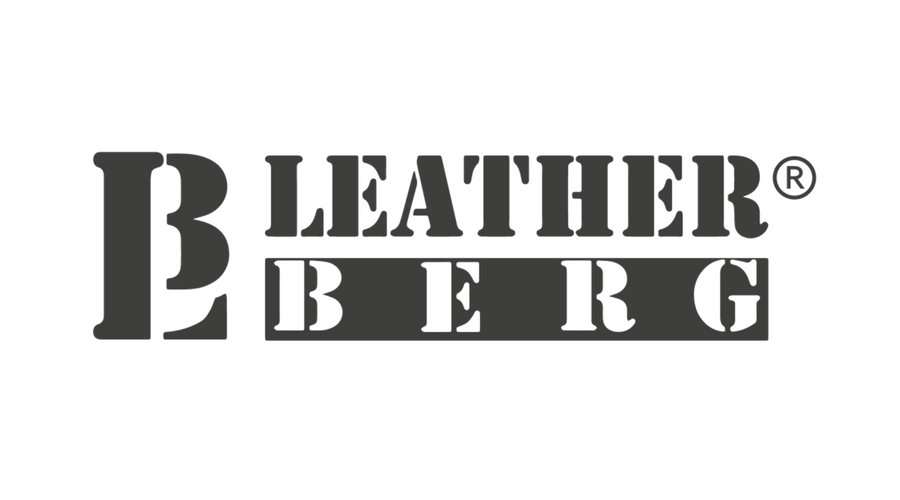One of the most annoying habits a puppy can have is biting their leash on walks. It’s maddening because all you want them to do is move down the street at a consistent pace. Instead, your puppy is continuously stopping to chew on the brand new leather leash you bought from Leatherberg.com.
Honestly, your puppy’s leash biting habit is probably coming from a good place. It comes from their alarmingly massive need for attention. See, a puppy walking calming down the street with a loose leash doesn’t have your full attention. However, a puppy that stops walking to chew on their leash does have your entire focus.
Otherwise, your puppy’s biting might come from a place of frustration. You’re probably asking yourself how a puppy getting a walk could be frustrated? Well, it comes down to the fact dogs love to feel free. Puppy collars and leashes restrict their motion and them biting the leash is a way to take out their frustration of not being able to dictate their movement.
Despite this, there’s some good news. After reading this article, your days of wrestling the leash out of your dog’s mouth on walks will soon come to an end.
Step 1: Buy a Chew Toy
Want to stop your puppy’s biting of their leash? A simple solution is to offer an acceptable replacement to chew. Redirecting their tugging to something else is important because you don’t want to get rid of that behavior. You just need to set up ground rules about what are the right objects to bite.
After all, a game of tug-of-war is a great way to burn off some of their excess energy. Tug-of-war also has the bonus of strengthening the bond between you and your puppy. It’s something for you and your puppy to do together.
It will give you something to offer your puppy when they do start biting the leash. After your puppy does begin biting the chew toy, make sure to reward your pup’s good behavior with some positive reinforcement: such as saying “Good boy or girl” depending on your puppy’s gender. The positive reinforcement will make them understand that playing with the chew toy is an action worthy of praise. However, wait to use the chew toy until your puppy is fully aware the leash isn’t something they should bite.
Step 2: Practice Proper Leash Behavior Inside Your Home
As the cliché goes, practice does make perfect. Therefore, it’s a great idea to practice your leash training in the confines of your home:
- Find a quiet place with limited distractions in your house. You want your puppy’s complete focus on you. Preferable a room without windows to ensure your puppy doesn’t see a feisty squirrel outside.
- Hold the leash in your hand and don’t attach it to your puppy. Dangle the leash in front of them. In the event, your puppy does attack the leash, back up and start further way. If they don’t, offer treats and positive reinforcement.
- After three minutes, it’s time to end the session. Then, give your puppy the chew toy from step 1 and proceed to play a good old game of tug of war.
- Repeat these steps over several sessions. Gradually make it harder each session such as moving your puppy’s leash around, dragging on the floor, etc. In doing so, you'll make sure your puppy truly understands the leash isn’t something to bite
- Your puppy's going to bite the leash. It's going to happen. In response to your puppy’s leash biting, immediately drop it and hold them by their collar. Then, wait for them to drop the leash and when they do give them a treat.
- Once your puppy can go three straight minutes without attacking the leash, it’s time to move onto the next step.
It might seem a little ridiculous to practice this inside your home. However, it’s proven to help stop your puppy’s biting from continuing.
Step 3: Attach the Leash in the House
This step is self-explanatory. Put the leash on your puppy and walk around the room. To keep your puppy's attention on you, talk to them or make noises that will grab their focus. For every step take without your puppy biting the leash, offer them a treat. If your puppy does chew the leash, take both it and the collar off. These actions will enforce the idea that leash biting isn’t a praiseworthy behavior.
After a couple walks around the room, increase the number of steps between treats. Once you can walk in a circle without your puppy biting the leash, you can move onto the next step.
Step 4: Use the Chew Toy
The chew toy from step 1 finally gets implemented in step 4. The reason you should wait until step 4 to introduce the chew toy is that your puppy will get too excited. An excited puppy is a puppy that doesn’t care about what you’re trying to teach.
However, since your puppy is now unaffected by the leash, it’s time to offer the chew toy as an alternative to bite:
- Have the puppy off-leash and both the chew toy and the leash in your hands. You don’t want to overwhelm them and start with them on-leash. In doing so, you would rush the process and risk them getting confused about what you’re trying to teach.
- Start waving the leash in front of the puppy’s face. If your pup doesn’t attack the leash, offer some praise and give them the chew toy. This action will promote your puppy to think about what not biting gets them.
- For thirty seconds, play a game of tug of war. Another incentive for your puppy to resist the allure of biting the leash.
- Reset the process after the thirty-second play session. Do this about 5 or 10 times to make sure everything sticks in your puppy’s mind.
After your puppy finally understands the chew toy is the right thing to bite, its time to move onto the hardest step of all: taking them outside on a walk.
Step 5: Take Them on A Walk Outside
If you’re completely confident in your puppy, you’ve reached the point of trying the final step. There’s no tricks or steps to this besides taking your dog out and seeing what happens.
But, before you take them outside, try walking around other rooms in the house and see how the puppy responds. If there isn’t leash biting, proceed to bring your pup out and truly test them.
Now, all you need to do is follow these five steps to stop your puppy’s leash biting successfully.
Visit Leatherberg® Store NOW:)













